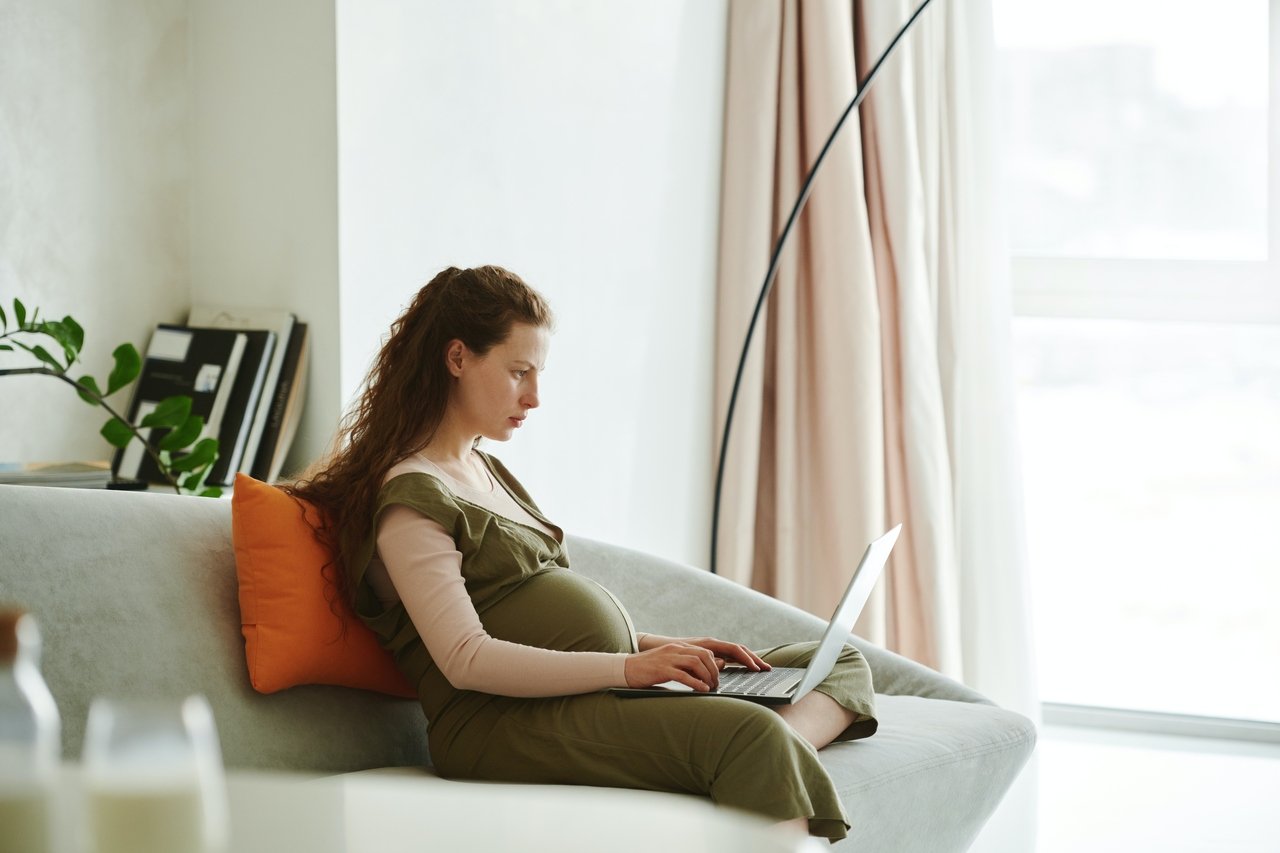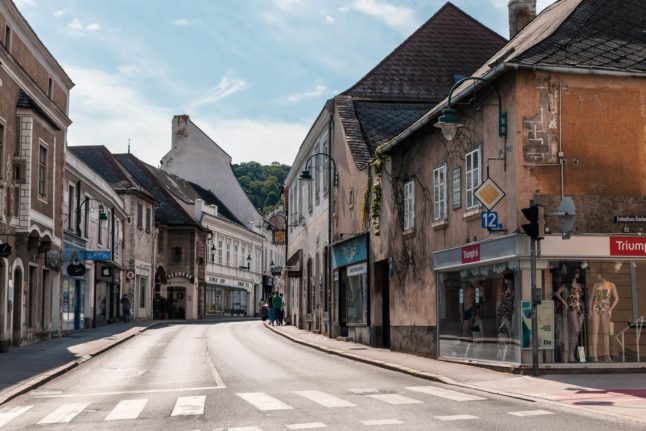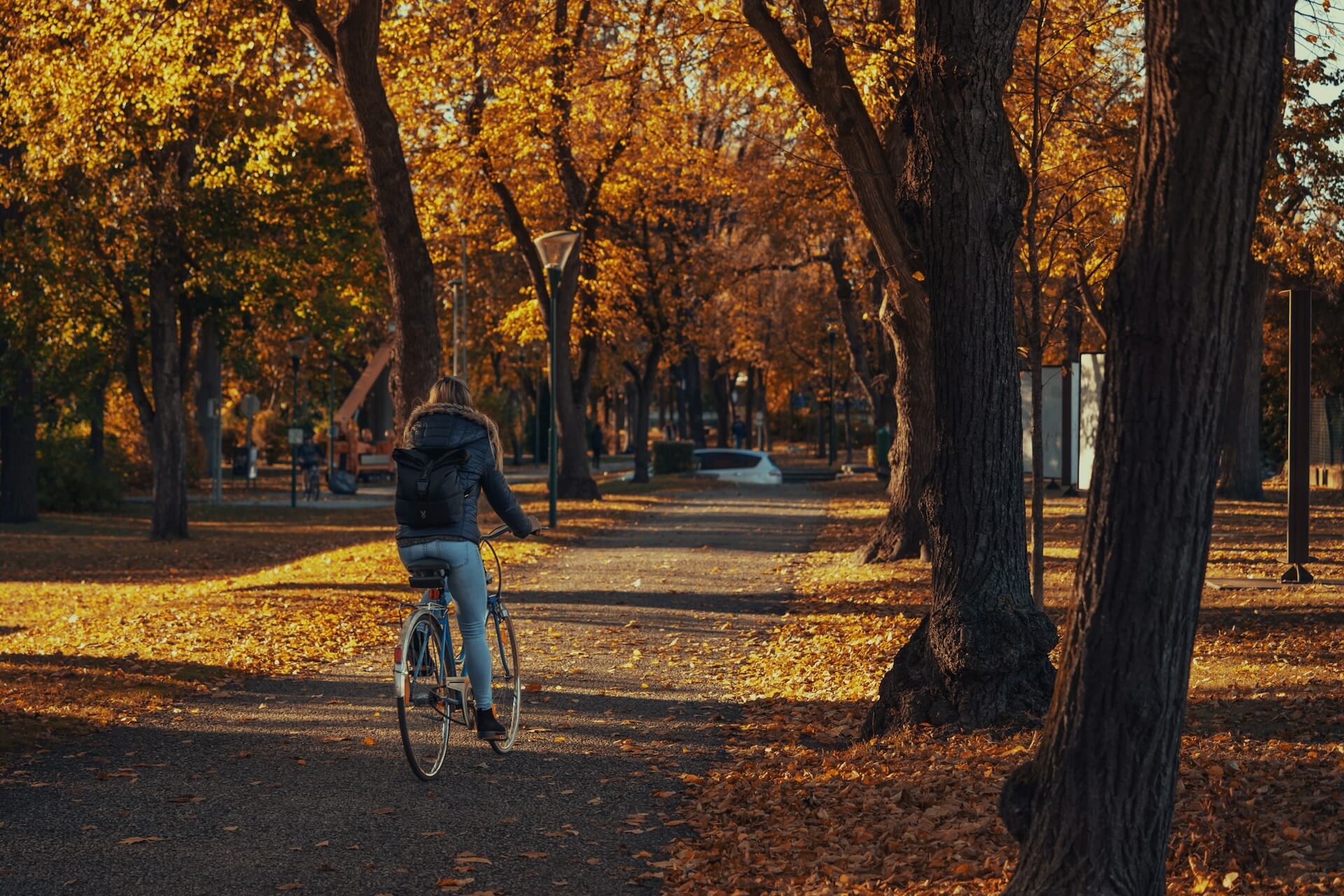People in Austria looking to develop new skills or change careers can take advantage of a state program offering financial support during any time off work for educational reasons.
The program, called Bildungskarenz (educational leave), allows employees to take time off work to pursue studies or training relevant to their professions while receiving payments from the state.
This program isn’t just for university degrees – professional development courses like business German or technical training are also covered. The courses can be taken abroad, although domestic options are also available.
The leave itself is flexible, ranging from a minimum of two months to a maximum of twelve months, depending on what you arrange with your employer.
There’s a catch, though: the total amount of leave cannot exceed one year within a four-year period. This allows employees to structure their Weiterbildung in a way that best suits them. One person might take a full year off at once, while another might prefer to spread their leave out over several two-month blocks.
READ ALSO: What to know about Austria’s paid leave for further education
What’s the controversy?
The federal government has been discussing an overhaul of the system. The criticism is that educational leave has not been used by the target groups: low-skilled workers and people looking to change careers. Instead, an industry of Bildungskarenz courses has boomed in Austria since the COVID-19 pandemic: mostly online, self-paced courses, and many very basic language courses that comply with the minimum requirements for Bildungskarenz.
In some, the online class takes a few hours a week, with the rest of the mandatory hours assumed as “study hours.”
Famously, in Austria, Bildungskarenz has been used by new parents as a way to “extend” their parental leave—and there are entire websites aimed at targeting new moms with easy-to-follow courses so they can continue at home with their kids.
According to a study by the economic think tank Agenda Austria, it’s not the poorly qualified who are predominantly learning new skills and increasing their market value with state support, instead it’s those who already have a good education.
“Quite a few apparently see it as an opportunity to take a sabbatical at the general public’s expense,” they wrote.
According to the study, educational leave is becoming increasingly popular, and the costs are rising rapidly. Between 2013 and 2023, expenditures—not to mention social security contributions—rose from €109 million to €337 million. Costs have almost doubled since 2020 alone.
According to the study, the proportion of people receiving continuing education allowance directly after parental leave was already more than 50 percent in 2021 (no more recent figures are available).
READ ALSO: EXPLAINED: What you need to know about parental leave in Austria
Saving at the expense of the Bildungskarenz
There is another front on which educational leave is being used differently to what its creators originally intended, according to Agenda Austria.
Companies can misuse educational leave as a cost-cutting measure in difficult economic times or during crises in individual sectors. This was evident, for example, during the economic and financial crisis from 2008 onwards, when many employers—particularly in the industrial sector—motivated their employees to take educational leave to save on wage costs and bridge crises without having to fire people.
Another use for the educational leave is as a “golden handshake”, the writers explained. It “is s sometimes used as a nice transition to a subsequent termination by mutual agreement. The “golden handshake” means that employment remains in place for a few more months without an active employment relationship still existing.
READ ALSO: Am I entitled to any severance pay from my job in Austria?
The employer does not incur any costs, and the departing employees have plenty of time to reorient themselves or take a short break at the general public’s expense.”
Reforms proposed
The think tank suggests several reforms to tighten access to the benefits. The recommendations include raising the requirements for type, duration, and tracking of education progress, but they also suggest that companies cover part of the costs of educational leave themselves.
Austria’s Labour Minister Martin Kocher (ÖVP) has also proposed key points for a reform of the system. One of the main proposals is that the applicant must go through a consultation with the Labour Market Agency AMS before taking the leave so that it’s clear what are the goals of the person and which qualifications they already have – it aims to improve statistical recording of those getting the benefit.
Another significant proposal is that any “self-study” period be recognised only as supplementary in the future. In that way, a course would have to offer all 20 hours a week of classes instead of providing the minimum amount and then assuming “reading” and “studying” time for the rest of the hours.
Of course, the debate is ongoing. Mothers, a group that could be particularly affected by reforms, have come forward in Austrian media to defend the use of educational leave following parental leave—in many cases, there simply aren’t enough childcare options in Austria.
READ ALSO: How does childcare work in Austria?
Some studies also show a slight increase in the employment rate of those who took educational leave after the parental leave twelve years later, with monthly income also a few percentage points higher for those with Bildungskarenz. However, Minister Kocher sees only a “moderate” benefit and still recommends reform.

So, when will there be reforms?
That’s difficult to say. The junior coalition partner, the Greens, have not been too keen on controversial changes to the current rules, mainly because they affect their own student voters.
The Greens also point out that around half of those receiving continuing education allowance earn more three years after parental leave than before. “Of course, we are available for improvements in the interests of those affected, but not for a tightening of access to educational leave,” said Markus Koza, the Greens’ labour market policy spokesman.
And this is an election year in Austria, with the ruling coalition not very popular among voters – this without the approval of laws that could make the lives of many people harder.
Without the support of the coalition partners, it’s unlikely that anything will change soon.








 Please whitelist us to continue reading.
Please whitelist us to continue reading.
Member comments